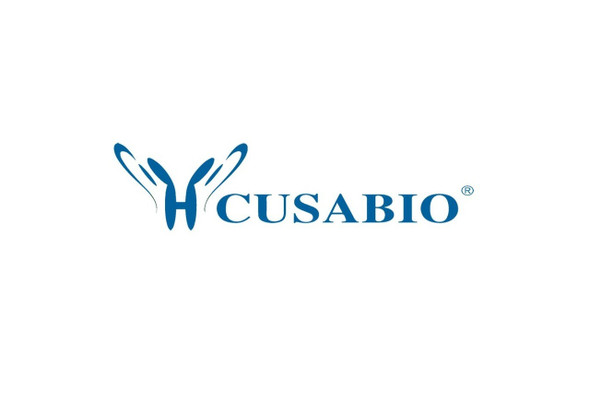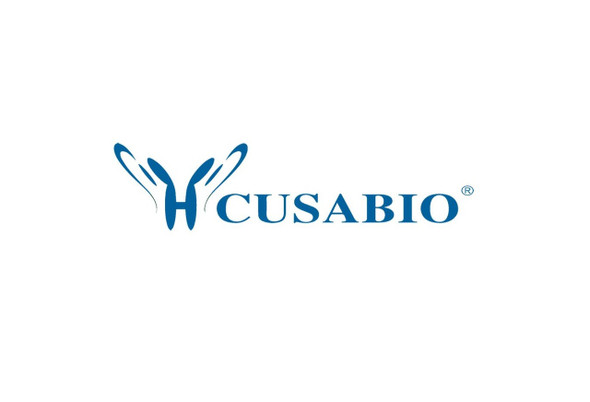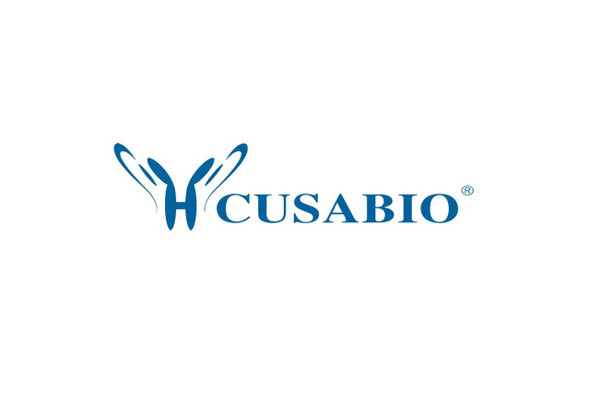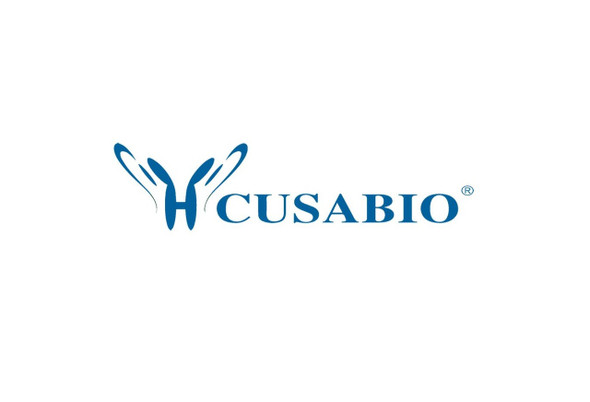Cusabio Human Recombinants
Recombinant Human Ryanodine receptor 3 (RYR3), partial | CSB-EP020621HU
- SKU:
- CSB-EP020621HU
- Availability:
- 13 - 23 Working Days
Description
Recombinant Human Ryanodine receptor 3 (RYR3), partial | CSB-EP020621HU | Cusabio
Alternative Name(s): Brain ryanodine receptor-calcium release channelBrain-type ryanodine receptorType 3 ryanodine receptor
Gene Names: RYR3
Research Areas: Neuroscience
Organism: Homo sapiens (Human)
AA Sequence: DGKGIISKKEFQKAMEGQKQYTQSEIDFLLSCAEADENDMFNYVDFVDRFHEPAKDIGFNVAVLLTNLSEHMPNDSRLKCLLDPAESVLNYFEPYLGRIEIMGGAKKIERVYFEISESSRTQWEKPQVKESKRQFIFDVVNEGGEQEKMELFVNFCEDTIFEMQLASQISESDSADRPEEEEEDEDSSYVLEIAGEEEEDGSLEPASAFAMACASVKRNVTDFLKRATLKNLRKQYRNVKKMTAKELV
Source: E.coli
Tag Info: N-terminal 6xHis-tagged
Expression Region: 3934-4181aa
Sequence Info: Partial
MW: 32.5 kDa
Purity: Greater than 90% as determined by SDS-PAGE.
Relevance: Calcium channel that mediates the release of Ca2+ from the sarcoplasmic reticulum into the cytoplasm in muscle and thereby plays a role in triggering muscle contraction. May regulate Ca2+ release by other calcium channels. Calcium channel that mediates Ca2+-induced Ca2+ release from the endoplasmic reticulum in non-muscle cells. Contributes to cellular calcium ion homeostasis . Plays a role in cellular calcium signaling.1 Publication
Reference: Characterization of the binding sites for the interactions between FKBP12 and intracellular calcium release channels.Wen H., Kang S., Song Y., Song Y., Yang H.J., Kim M.H., Park S.Arch. Biochem. Biophys. 517:37-42(2012)
Storage: The shelf life is related to many factors, storage state, buffer ingredients, storage temperature and the stability of the protein itself. Generally, the shelf life of liquid form is 6 months at -20?/-80?. The shelf life of lyophilized form is 12 months at -20?/-80?.
Notes: Repeated freezing and thawing is not recommended. Store working aliquots at 4? for up to one week.
Function: Calcium channel that mediates the release of Ca(2+) from the sarcoplasmic reticulum into the cytoplasm in muscle and thereby plays a role in triggering muscle contraction. May regulate Ca(2+) release by other calcium channels. Calcium channel that mediates Ca(2+)-induced Ca(2+) release from the endoplasmic reticulum in non-muscle cells. Contributes to cellular calcium ion homeostasis (By similarity). Plays a role in cellular calcium signaling.
Involvement in disease:
Subcellular Location: Sarcoplasmic reticulum membrane, Multi-pass membrane protein, Membrane, Multi-pass membrane protein, Microsome membrane, Multi-pass membrane protein, Sarcoplasmic reticulum
Protein Families: Ryanodine receptor (TC 1.A.3.1) family, RYR3 subfamily
Tissue Specificity: Brain, skeletal muscle, placenta and possibly liver and kidney. In brain, highest levels are found in the cerebellum, hippocampus, caudate nucleus and amygdala, with lower levels in the corpus callosum, substantia nigra and thalamus.
Paythway: Calciumsignalingpathway
Form: Liquid or Lyophilized powder
Buffer: If the delivery form is liquid, the default storage buffer is Tris/PBS-based buffer, 5%-50% glycerol. If the delivery form is lyophilized powder, the buffer before lyophilization is Tris/PBS-based buffer, 6% Trehalose, pH 8.0.
Reconstitution: We recommend that this vial be briefly centrifuged prior to opening to bring the contents to the bottom. Please reconstitute protein in deionized sterile water to a concentration of 0.1-1.0 mg/mL.We recommend to add 5-50% of glycerol (final concentration) and aliquot for long-term storage at -20?/-80?. Our default final concentration of glycerol is 50%. Customers could use it as reference.
Uniprot ID: Q15413
HGNC Database Link: HGNC
UniGene Database Link: UniGene
KEGG Database Link: KEGG
STRING Database Link: STRING
OMIM Database Link: OMIM










